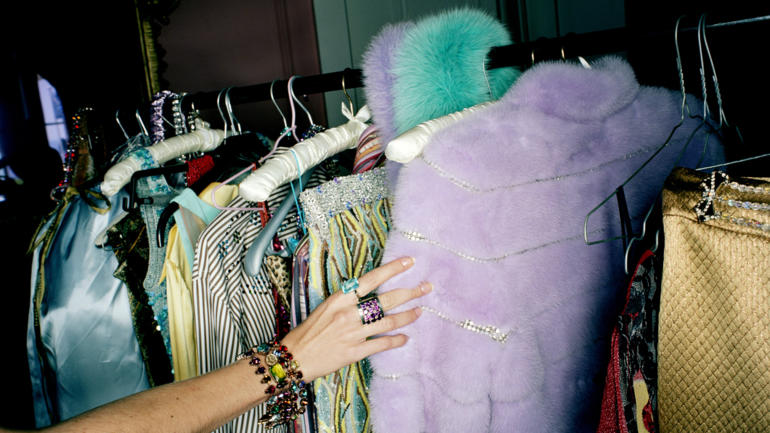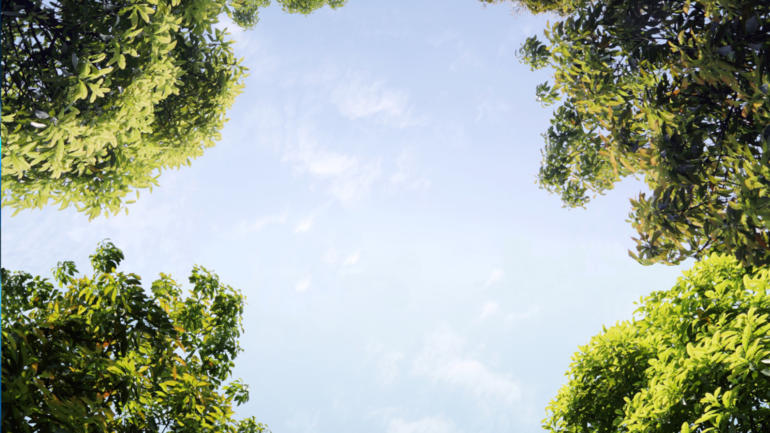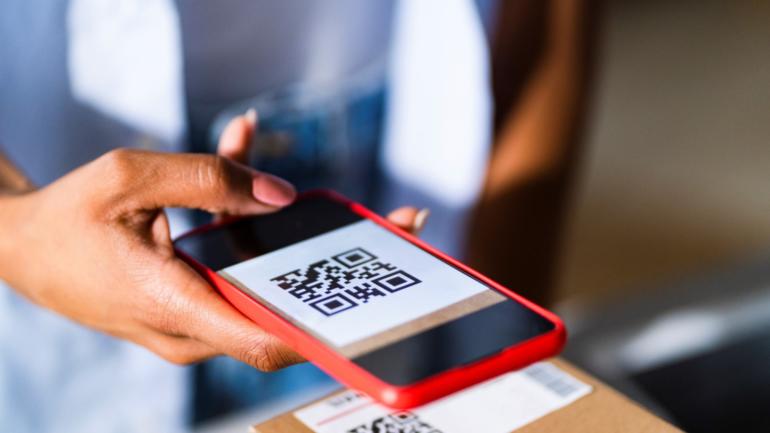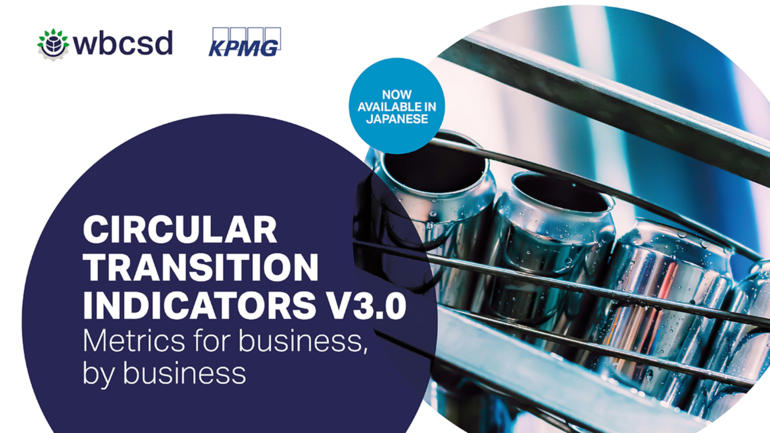The circular economy is one of the few disruptive concepts with universal appeal - with business leaders, investors, activists, economists and environmentalists. While gaining in popularity, the concepts of circularity have been around for centuries – from regenerative agriculture and bartering, to repair and reuse, to renewable energy and plant-based meat alternatives.
The benefits to the planet are clearer than ever: by decoupling economic growth from the use of scarce, natural resources, we can consume without exhausting our planet. The business opportunities are massive: $4.5 trillion in opportunity over the next decade. And the benefits to society – by re-coupling growth with social progress – can be found in new jobs, access to products and services, and better health.
Changing our production and consumption model
Since the first industrial revolution, we’ve had a one-to-one relationship between economic growth and use of natural resources. Today, we use almost twice as much of the earth’s resources than it can regenerate. By 2030, with a projected 8.5 billion people, global demand is expected to increase 35% for food, 40% for water and 50% for energy. Why is this an issue? Unconstrained consumption and production have severe negative implications: air and soil pollution, destruction of ocean life, drastic weather events, food shortages, energy shortages, and more.
The circular economy (CE) presents a compelling way to stop, and even reverse, the damaging relationship between economic growth, consumption and use of natural resources. CE business models imagine a world without waste. By eliminating sources of waste throughout our value chains (wasted resources, capacity, lifecycles and embedded value), we can stop the patterns that are harmful to our environment, realize trillions of economic value and promote access to healthier goods and services.
While compelling, only 8.6% of the world economy is today considered “circular.” Global demand for scarce, virgin resources continues to increase, despite the necessity and value of breaking this cycle. How can we accelerate the linear to circular transition, especially as we rebuild in a post-COVID world?
The natural world is the perfect circular economy
The answer is all around us. The natural world reproduces, grows and consumes while maintaining balance. Dr. Enric Sala, Explorer-in-Residence at National Geographic, explains this in The Nature of Nature. “Everything is reused or repurposed in nonhuman ecosystems. The natural world is the perfect circular economy, where everything, even after its lifetime, becomes a source for something else.”
Let’s explore four lessons from nature that are already being applied via CE business models and solutions.
1. Renew and regenerate. A classic example of circular economy in nature is the cycling of resources – water, carbon, minerals, etc. – back into new or existing systems.
The fast fashion industry struggles with waste. Today, less than 1% of clothing is recycled at end of use and more than $500 billion in value is lost annually. Textile innovation company Evrnu seeks to disrupt this waste through their NuCyl technology, which uses “repolymerization to convert the original fiber molecules into new high performing renewable fibers” – basically, turning discarded clothing into new materials, multiple times.
Another example: US-based Cambrian Innovation is using bioelectrochemical technologies – based on the generation of electricity from certain microbe and electrode interactions – to turn wastewater back into clean water and into energy.
2. Protect and extend. Plants and animals have long been studied for their ability to protect themselves and their environment.
Studying Bombyx mori silkworms, Mori developed a protective layer that prevents the main causes of food spoiling, while doubling shelf life and reducing packaging. With roughly one-third of food produced for humans wasted or lost, costing almost $1 trillion annually, the opportunities in tackling food waste are enormous.
3. Creating value from thin air. Air plays a critical role in our natural ecosystem, and innovative companies are starting to look at how the air can be a new source of value.
World Economic Forum Tech Pioneer Air Protein is transforming agriculture by using elements found in the air (carbon dioxide, oxygen, nitrogen) and turning them into meat-alternative proteins.
Started as a MIT Media Lab experiment, Graviky recycles carbon dioxide emission into ink, and is currently exploring ways to use its technology to transform packaging and advanced materials.
4. Turning even the most challenging waste into value. The concept of “waste” doesn’t really exist in nature. Dead leaves and animal droppings, for example, are critical fuel for new life. Innovative businesses are also looking at how we can tackle challenging “waste” at end-of-use.
HomeBiogas converts household waste – food scraps to human waste – into valuable fertilizer and clean cooking fuels, reducing waste, saving money and preventing deaths from dirty fuels.
Annually, 1.5 billion tires reach end-of-use and most are burned or sent to landfill. Ecore has a waste-free manufacturing process that turns used tires into new products. Since rubber can be continually recycled without degradation (common with paper and plastics), their products can be looped indefinitely.
Finding the balance
Solutions inspired by nature are certainly encouraging. They benefit our economy, planet and society. They show us that we can combine nature, technology and human ingenuity to fuel our growing world, while progressing equality and protecting a thriving planet. Our planet also reminds us that these solutions cannot be implemented in isolation. Just like in the natural world, we need an ecosystem of business solutions that work in concert within a circular economy.
Take plastics, a hot issue with billions pledged by corporates to tackle plastic waste. If we develop new bio-based materials for packaging, we need collection systems and logistics to take them back at end of use. We need recycling infrastructure to ensure that the materials are separated. We need product design and manufacturing that makes new goods from these cycled inputs. Initiatives that look across the entire value chain, like Closed Loop Partners’ Beyond the Bag challenge and Forum’s Mission Possible Platform, are examples of how partners across sectors can be engaged to tackle end-to-end, systemic issues in the linear economy.
And, finally, we need people – consumers, innovators, investors, policymakers – that value and demand these circular systems. As with nature, balance can only be achieved when we all work together for a brighter, more prosperous future.
This article was originally published by the World Economic Forum








